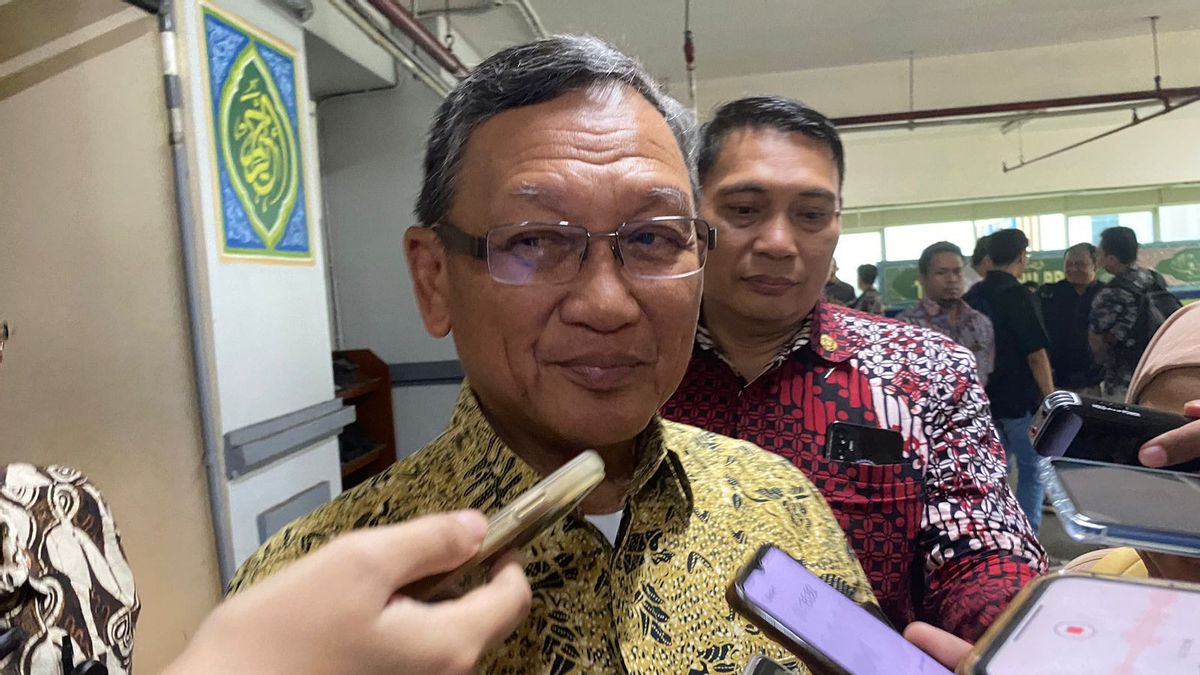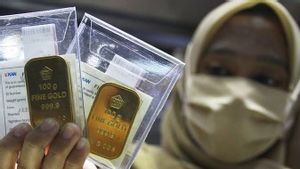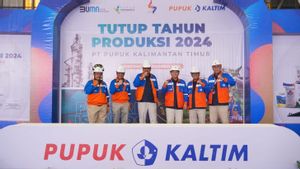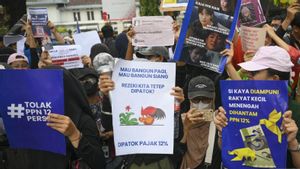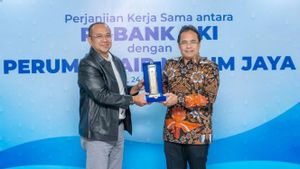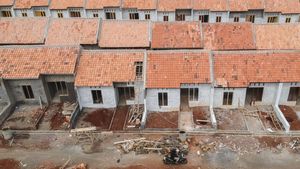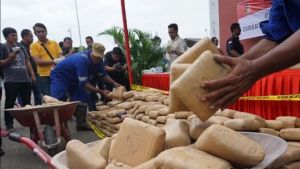JAKARTA - The Ministry of Energy and Mineral Resources (ESDM) reports that, until the first meter of 2024, the addition of installed capacity of the New and Renewable Energy Power Plant (PLT) (EBT) has reached 217.73 Mega Watts (MW) or about 66.6 percent of the annual target of 326.91 MW.
Minister of Energy and Mineral Resources Arifin Tasrif detailed that this capacity increase was dominated by PLT Hidro and PLT Surya.
"PLT hydro managed to reach 66.4 percent of the target, while the solar power plant even exceeded the target with an achievement of 147.02 percent," he said, quoted Monday, August 5.
Although the geothermal power plant has not yet reached the target, other renewable energy sectors such as bioenergy also show positive development, namely 43.2 percent of the target.
According to Arifin, one of the main challenges is the limited infrastructure and regulations that have not fully supported the development of EBT.
"That's why we have to do programs to encourage demand. For example, Electric Vehicle (EV) continues to be accelerated and then PLTS for industry and housing must be encouraged," explained Arifin.
Along with increasing installed capacity, he said, investment in the EBT sector also continues to increase.
As of June 2024, investment realization reached US$0.565 billion or around 45.9 percent of the annual target of US$1.232 billion.
The geothermal sector and various EBTs are the biggest contributors to this investment.
It was noted that Panas Bumi had donated 0.64 billion US dollars to the state treasury. Followed by Aneka EBT amounting to 0.512 billion US dollars, Bioenergy amounting to 0.064 billion US dollars, and Energy Conservation 0.016 billion US dollars.
Arifin further said that this increase in investment was driven by various factors, including government policies that support the development of EBT, large market potential, and public awareness of the importance of clean energy.
Despite the positive achievements, continued Arifin, the EBT mix in the national energy mix is still relatively slow, estimated to be only around 13-14 percent by 2025.
"In 2025, the mix will be at least 13-14 percent. The reason is because of our infrastructure, and there is also a bottleneck," he explained.
In the midst of these challenges, there are several positive developments that should be appreciated.
One of them is the increase in the Domestic Component Level (TKDN) in PLT EBT components.
The TKDN index for EBTKE sub-sectors reached 49.80 percent, close to the target of 55.45 percent.
SEE ALSO:
This shows that there are efforts to develop domestic industries and reduce dependence on imports.
In addition, the development of the EBT PLT also contributed to reducing greenhouse gas emissions by 123.22 million CO2.
With the increasing amount of energy generated from renewable sources, the CO2 emissions from the energy sector can be significantly suppressed.
The English, Chinese, Japanese, Arabic, and French versions are automatically generated by the AI. So there may still be inaccuracies in translating, please always see Indonesian as our main language. (system supported by DigitalSiber.id)
